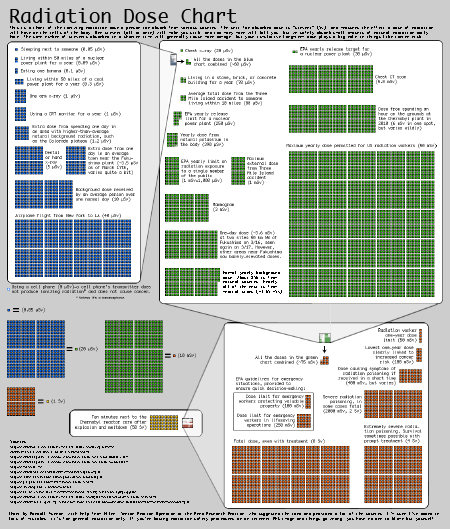EcoModder tells of a hobbyist named Dave Cloud in the US who set himself a challenge: build an electric car for less than $3K that will go more than 200 miles on a charge. The base platform is a 1997 Geo.
The Dolphin was put together for a miserly $3,000, but can do impressive things for the meager amount of money that was used to create it. Running on used batteries, the car managed a 70mph top speed and overall range of upwards of 80 miles, despite the fact that curb weight is well over 3000 pounds.
Imagine the results if the car manufacturers or others donated a 2011 platform (or even a diesel-electric hybrid concept from 2005) and held a competition among hobbyists. Is that too pie-in-the-sky? Disclaimer: I love pie. Dave’s explanation of his limitations are quoted by EcoModder:
…my goal was to build a vehicle that can go 200 miles on a single charge with a speed of 60-65 mph for 85% of the miles, for under $3,000. I accomplished this goal. Because of my $3,000 limitation I made a lot of compromises in the chassis design hoping that the aerodynamics of the vehicle would make up for those inefficiencies. Inefficiencies such as front wheel bearings that rumble, back tires that are 10 years old and misshapen, single speed dual series motors (that were $100), no re-gen and inexpensive Curtis controllers.
I have watched vehicle automation contests, solar vehicle contests (which have produced Dolphin-looking cars)…is there a hypermile or mile-per-charge contest? I also have watched government leaders try to make a stupid parody out of innovation in automobile efficiency (golf carts never should have been allowed to count as a manufacturer’s low-emission “fleet” vehicle — it was a clever legal loophole exploited by GM but if it can’t safely travel over 65mph…bzzzzt, next).

This reminds me of two things. One, the muscle cars that many are buying today are big-box industrialized interpretations of hobbyist vehicles at the race track from the late 1960s. I would say 70s, but they fell way out of fashion by the late 70s because efficiency became the hobbyist market objective in the oil crisis (efficiency didn’t leave in the 1980s, but the big car manufacturers lost interest when OPEC partners started to fight and undercut each other). Second, the MP3 players in practically every stereo today are an industrialized interpretation of hobbyist stereos in the late 1990s (e.g. big kudos to the original MP3 Miata with a PC in the trunk).
Comparison of these two hobbyist movements can help predict innovation cycles and answer the question: when can I buy a Dolphin?
The cost of materials in a car has typically been the impediment to more competition, as well as safety regulations. Who can afford to ship iron and forge it into a chassis or axle, for example, other than a Ford or GM? This hurdle is overcome by hobbyists through reclamation of old vehicles. It also is overcome by lighter, stronger and more easily managed technology like carbon fiber or fiberglass or plastic. The electronics industry, on the other hand, is far more open to competition because sourcing the material is far less expensive and Moore’s law seems to always find a way in.
The adoption cycle of efficient electric vehicles thus could now be more like the MP3 than the muscle car and we will see a commercial attempt to market the Dolphin within ten years instead of thirty.
Some might say VW, with plans to overtake Toyota in total sales, is already on the right path with a sleek-looking 261 mpg diesel-electric hybrid at car shows.

Yes that looks like a 1992 Subaru SVX. Oh Subaru, I remember when you were actually cool for being the outsider in America with inexpensive all-wheel-drive and high mpg.

…or a Ford Probe, or a Honda Insight. Car manufacturers have certainly tested the water with efficiency and aerodynamic designs (and there are other 200 mile range electrics for more money) but I hope the Dolphin $3K challenge inspires home hackers and hobbyists as they are the ones most likely to innovate without fear of losing a few Escalade or Expedition sales.
Davi





